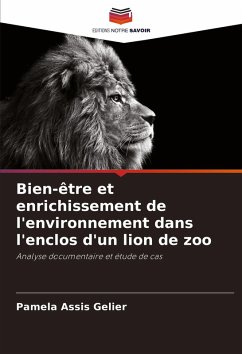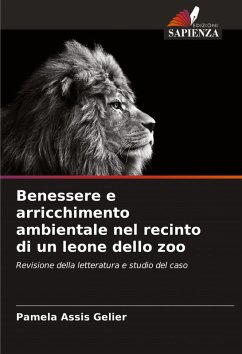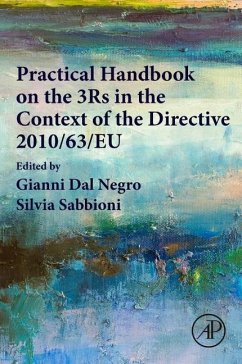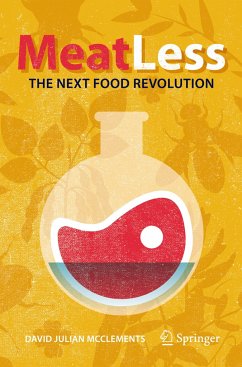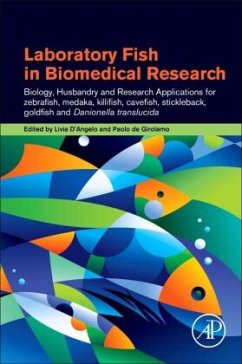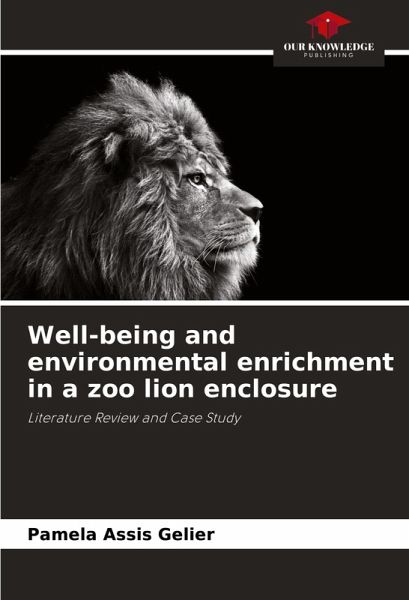
Well-being and environmental enrichment in a zoo lion enclosure
Literature Review and Case Study
Versandkostenfrei!
Versandfertig in 6-10 Tagen
24,99 €
inkl. MwSt.

PAYBACK Punkte
12 °P sammeln!
The Felidae family is made up of approximately 41 species, and wild felids in captivity face daily stress, as they are in unfavourable conditions for their habits and behaviours in the wild, taking into account that they need large territories, so they do not adapt easily to captivity. It is common for them to exhibit stereotyped behaviour, the main cause of which is stress and apathy. The search for quality of life for animals in captivity has been carried out in zoos. Today, the vast majority of zoos use a variety of daily practices, among which environmental enrichment is one of the most im...
The Felidae family is made up of approximately 41 species, and wild felids in captivity face daily stress, as they are in unfavourable conditions for their habits and behaviours in the wild, taking into account that they need large territories, so they do not adapt easily to captivity. It is common for them to exhibit stereotyped behaviour, the main cause of which is stress and apathy. The search for quality of life for animals in captivity has been carried out in zoos. Today, the vast majority of zoos use a variety of daily practices, among which environmental enrichment is one of the most important. This is of great importance and is carried out in a variety of ways: physical, sensory, cognitive, social and dietary. An ethological case study was conducted at the Bauru Municipal Zoo, in response to the need of a lion (Panthera leo) to minimise its stereotypical behaviour. It was proposed to enrich its enclosure and to analyse which enrichments would solve or reduce the problem. In the end, it was concluded that social enrichment reduces stereotypies and improves the lion's welfare.



